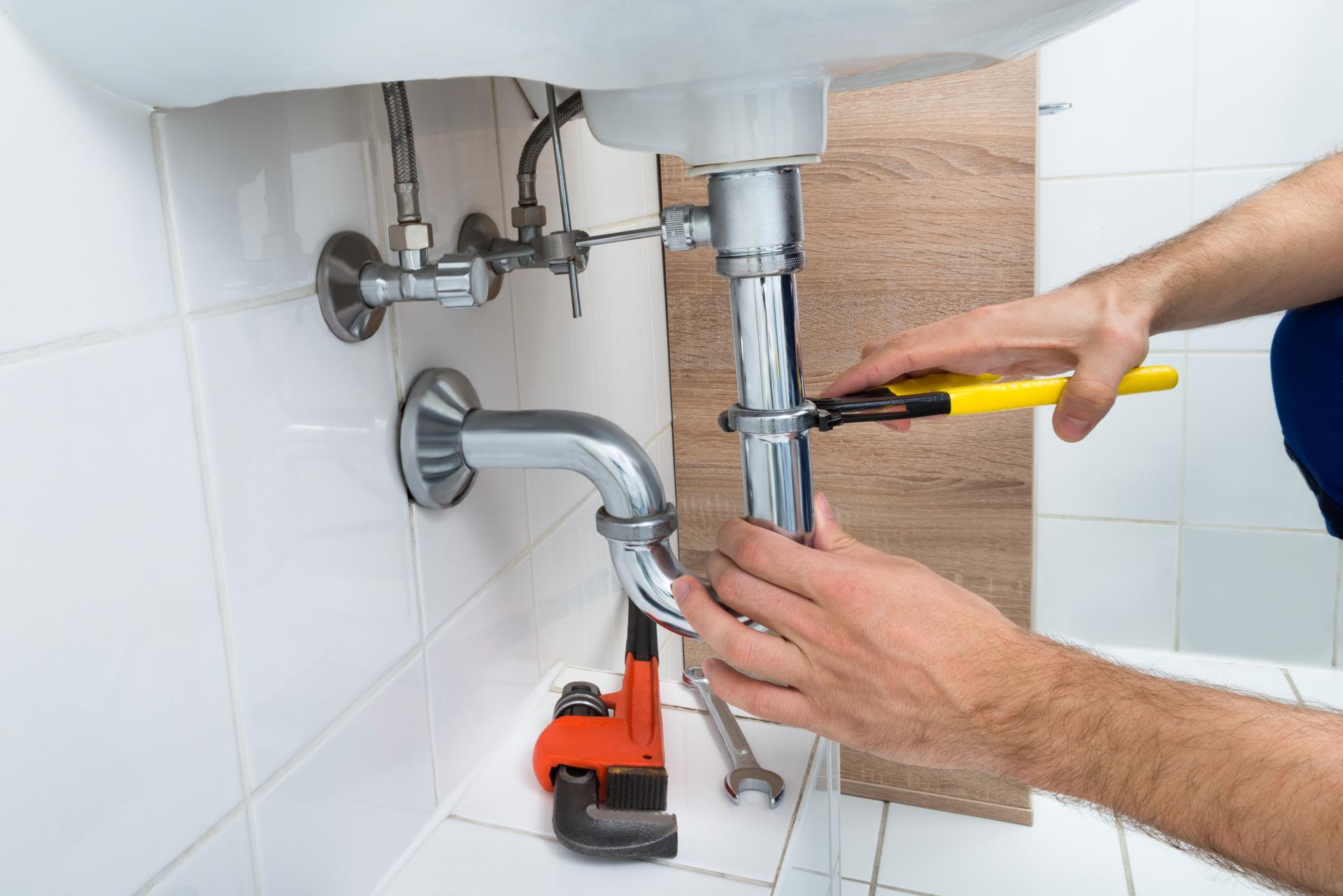Everything You Need to Know About Replacing Your Plumbing and What You Should Anticipate

Plumbing is an essential part of any home, providing us with clean water to drink, cook and cleaning, as well as a way to dispose of waste. But, just like every other home appliance, plumbing will eventually become worn out and need replacement.
Knowing when it’s time to upgrade your plumbing essential to prevent costly repairs and prevent health hazards. In this article, we’ll discuss the indicators that show your plumbing needs to be replaced, what you should consider prior to replacing your plumbing, the procedure for replacing your plumbing, the benefits that come with replacing your plumbing, and an FAQ section to answer any questions you might have.
There are signs that it’s time to upgrade your plumbing
There are several common indicators that suggest the plumbing in your home needs to be repaired, such as leaks When you notice water stains or puddles around your home, it’s a sign of a plumbing leak. Leaks can cause severe destruction to the structure of your home and may lead to mold growth, so it’s essential to fix them immediately. Rust: Rusty pipes are an obvious sign that your plumbing requires to be repaired or replaced. Rust can cause a contamination to your water supply and make it unsafe to consume or cook with. Low pressure in the water: If your faucets and showerheads are producing weak water flow It’s an indication of low water pressure and can be caused by corrosion of pipes or blockages. Water discoloration: Discolored water like yellow or brown, is an indication of sediment or rust buildup in your pipes. This could affect the taste and quality of your water and may indicate the need for plumbing replacement.
Things to consider prior to replacing the plumbing
Before you replace your plumbing there are many aspects to take into consideration, such as the age of the plumbing system: Plumbing systems can have a lifespan of around 50 years, so when your house is older than that, it’s likely that it’s time to replace. Cost of replacement: Replacing your plumbing can be costly, which is why it’s essential to budget for this expense. The severity of the plumbing issue If the plumbing issues are severe and affecting multiple areas of your house, replacement may be the best choice.
What can you expect during the Plumbing Replacement Process
The process of replacing plumbing involves many steps, such as: Shutting off your water source: Your plumber will have to turn off the water supply to your home to prevent any water damage or leaks. Remove old pipes The old pipes will have to be removed. This could require cutting into walls or floors. Installation of new pipes New pipes will be installed, which may require rerouting in order to ensure proper water flow. The length of time for the replacement of plumbing will depend on the size of your property and the difficulty of the job. Homeowners can expect some disruption during the project, which could include water shut-offs as well as damage to walls and floors.
Benefits of replacing plumbing
The replacement of your plumbing has many benefits, including increased water efficiency Plumbing fixtures and pipes are more efficient, which means reducing your water usage and lowering your utility bills. Improved water quality by replacing older, corroded pipes new ones will enhance the quality and quality of water, making it safer to drink and cooking. Lower risk of plumbing issues New plumbing is less likely to develop obstructions or leaks, which reduces the need for expensive repairs in the future.
Conclusion
Replacing your plumbing is a major expense, but it’s necessary for your home’s security and peace of mind. If you know the indicators that tell you your plumbing is in need replacing, considering the elements that influence replacement and knowing what you can expect from the replacement process, you’ll be able to make an informed choice about your home’s plumbing. Make sure to remember that replacing your plumbing can provide a variety of advantages, such as increased efficiency of water, better water quality and less the chance of having plumbing problems in the future.
FAQ Section
How much will it cost to replace the plumbing?
The cost of replacing your plumbing will depend on many factors, such as the size of your house and the difficulty of the job, and the type of materials employed. On average, homeowners will need to shell out between $5,000 and $10,000 for a complete plumbing replacement.
How long does it take to change the plumbing?
The time frame for plumbing replacement will vary based upon the dimensions of your house as well as the complexity of the job. A typical whole-house plumbing replacement can take between two to four weeks.
Should I replace my plumbing if there’s a leak?
If you’re experiencing a single leak in your plumbing, it might not require a full replacement. If you’re experiencing multiple leaks , or detect other indications of plumbing issues, replacement might be the best solution.
Do I have the ability to replace my plumbing myself?
The replacement of your plumbing can be a difficult task that should be left to an experienced plumber. Doing it yourself could result in costly errors as well as safety hazards.
What type of pipes will I need for my plumbing replacement?
There are a variety of pipes that are suitable for plumbing replacement, such as copper, PVC and PEX. Your plumber will recommend the most suitable type of pipes based on your particular requirements and budget. The conclusion is that the replacement of your plumbing system is a significant choice that must be taken by taking careful consideration. By understanding the signs that tell you that your plumbing is in need of replacing, weighing the factors before replacing and knowing what to expect during the replacement process, you will be able to make an informed choice about the plumbing of your home. A professional plumber will assist you in the procedure and ensure a successful and efficient plumbing replacement.
